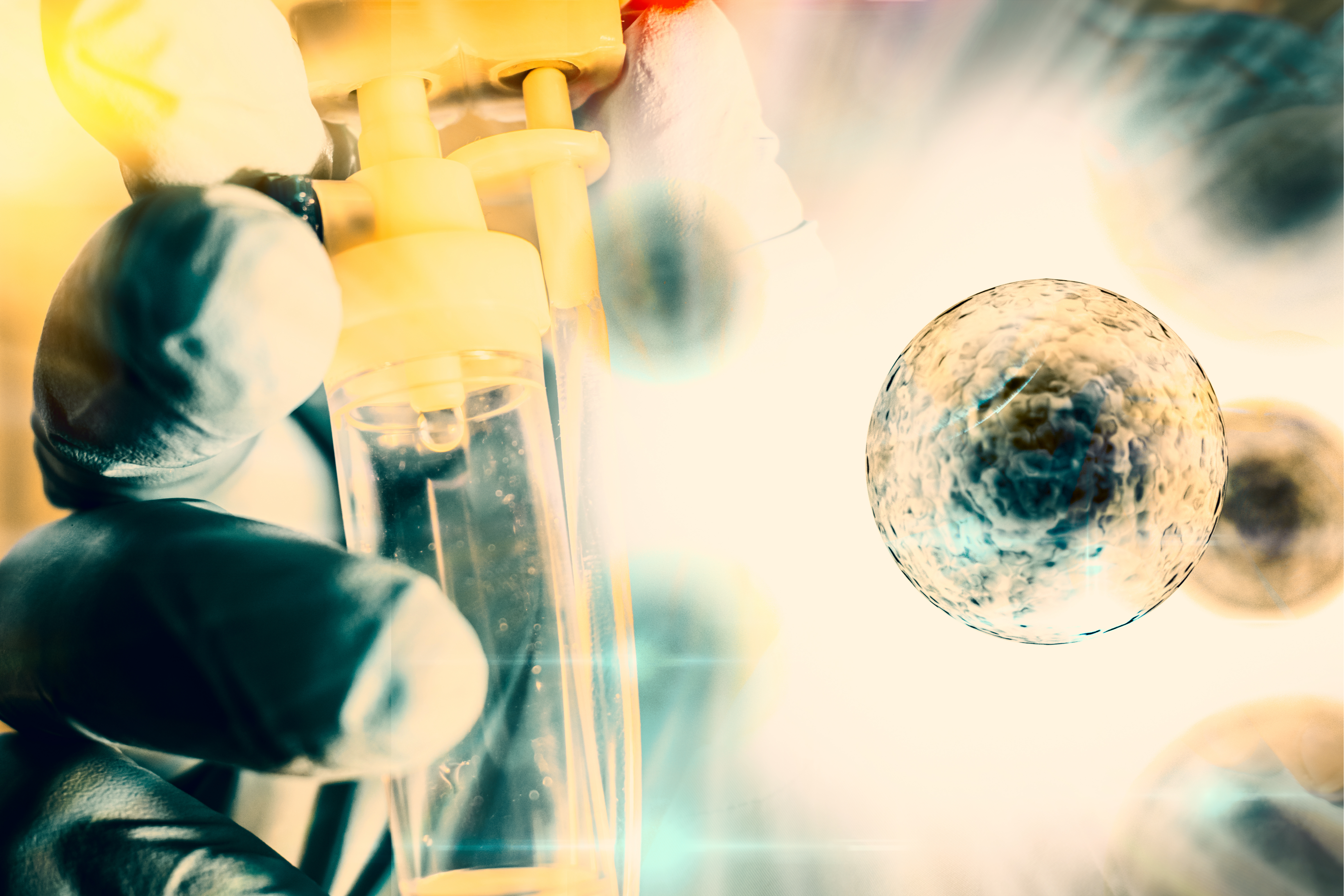The first cord blood transplant was carried out in 1988 in Paris, on Matthew Farrow a young boy suffering from a life-threatening type of anemia. Medical understanding around cord blood has increased significantly in recent years. Umbilical cord stem cells are now involved in treating over 85 diseases globally. Plus, more stem cell-based therapies are being approved to treat things like autism, cerebral palsy, hearing loss, heart defects, and diabetes, as well as in regenerative medicine. A transplant can be the best treatment option, or a possible cure, depending on the condition.
If you or someone close to you needs a cord blood transplant, here is some information about what to expect.
During a stem cell transplant[2], stem cells are introduced into the body to replace old cells that are damaged or unable to function properly. The new cells help the body regenerate and make its own healthy blood cells.
Before the transplant, conditioning therapy[3] is needed for around a week in hospital to prepare the body and immune system. With some types of cancer (such as lymphoma and leukaemia), chemotherapy and/or radiotherapy will be used to rid the body of any diseased cells. The transplant itself usually takes place the day after conditioning therapy is finished. The procedure is not painful, and you’ll be awake while it’s being done. The stem cells are infused through an IV drip directly into the blood.
Afterwards, the recovery process begins as the stem cells travel to the bone marrow, where they start to develop into healthy blood cells: this is called engraftment. Engraftment usually happens within the first 30 days after the transplant, but can sometimes take longer, and you’ll remain in hospital during this time. Engraftment means your new cells are working properly and are starting to rebuild your immune system ready to fight any remaining damaged cells. During the crucial recovery period, it’s very important to prevent further infection and monitor any signs of illness. You will also need to limit activity and take extra care for the first six months to a year.
If you would like to discuss cord blood storage and possible treatment options, please contact us for more information.
1 Interview with Matt Farrow, Recipient of World’s 1st Cord Blood Transplant. September 2015. https://parentsguidecordblood.org/en/news/interview-matt-farrow-recipient-worlds-1st-cord-blood-transplant
2 “Having a Cord Blood Transplant”. Anthony Nolan. https://blog.cordblood.com/2016/06/regenerative-spinal-cord-injury-research/
3 “What happens – Stem cell and bone marrow transplants”. NHS UK. https://www.nhs.uk/conditions/stem-cell-transplant/what-happens/







